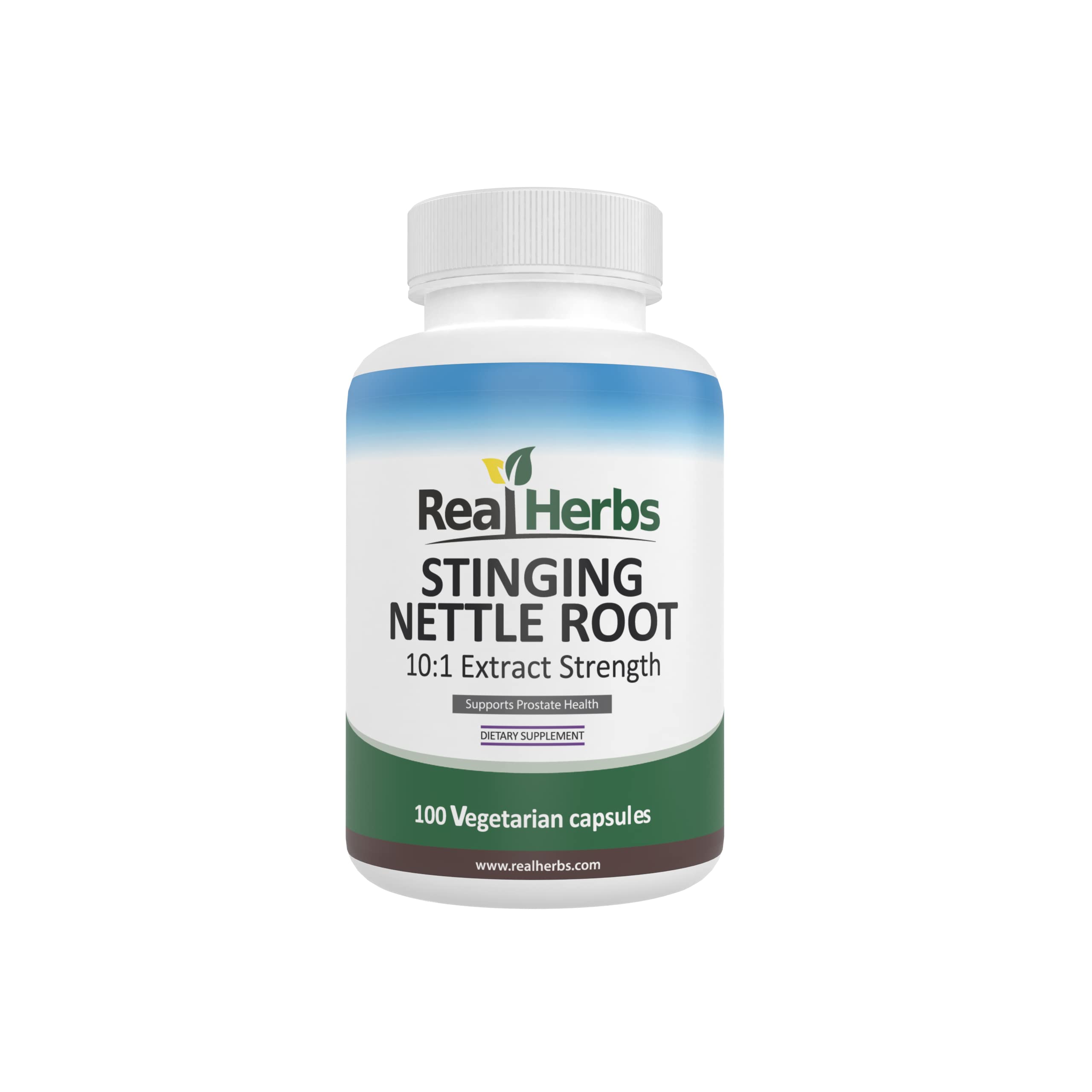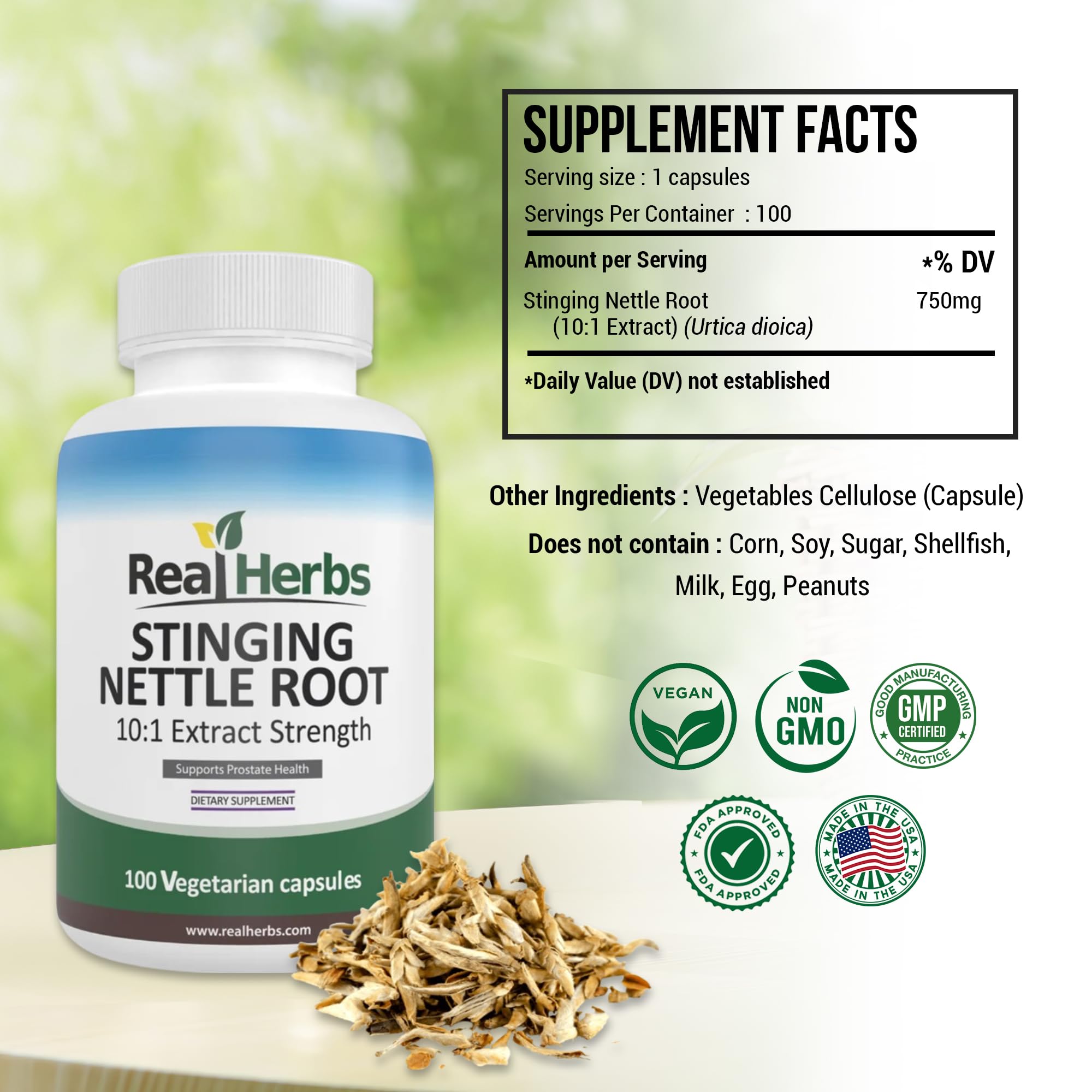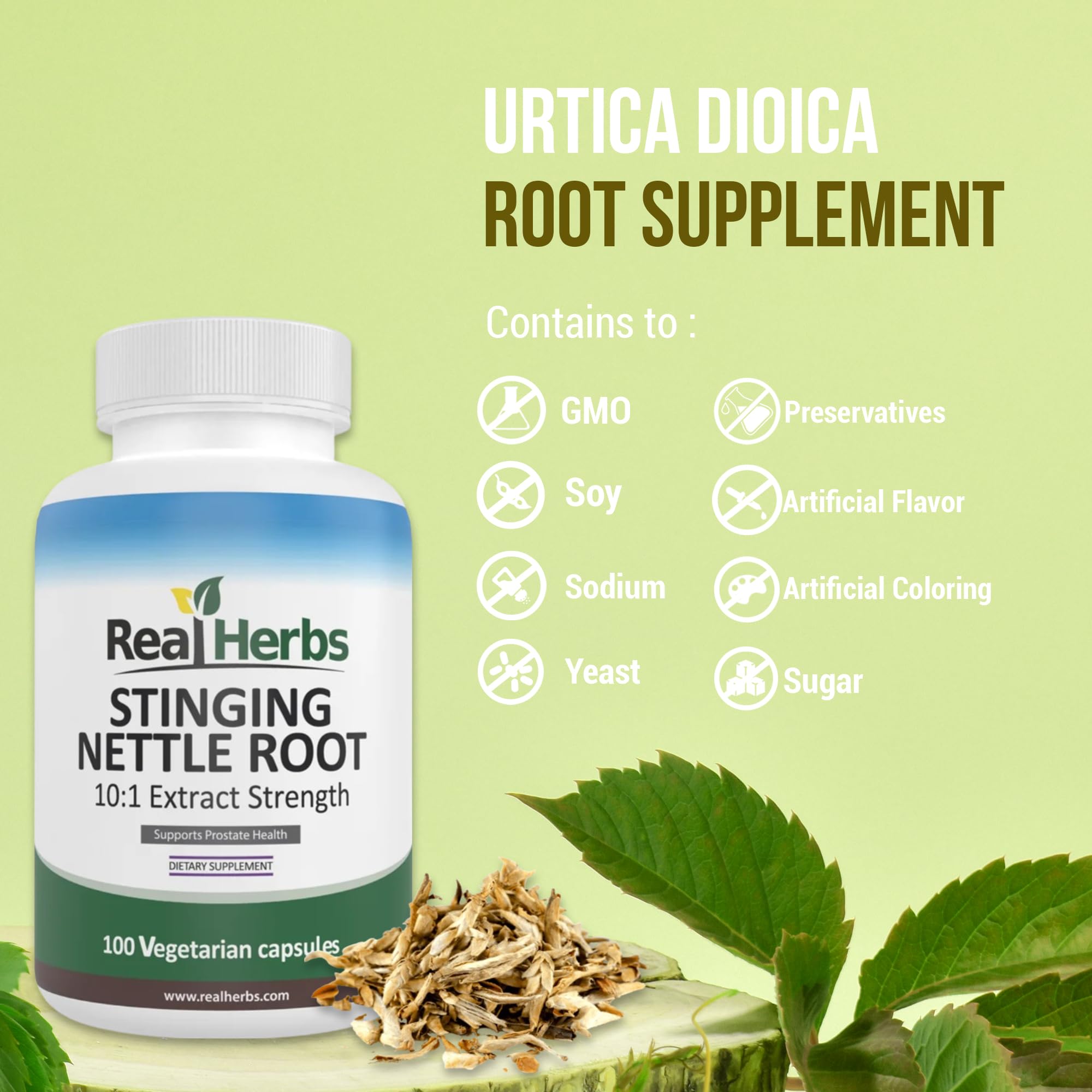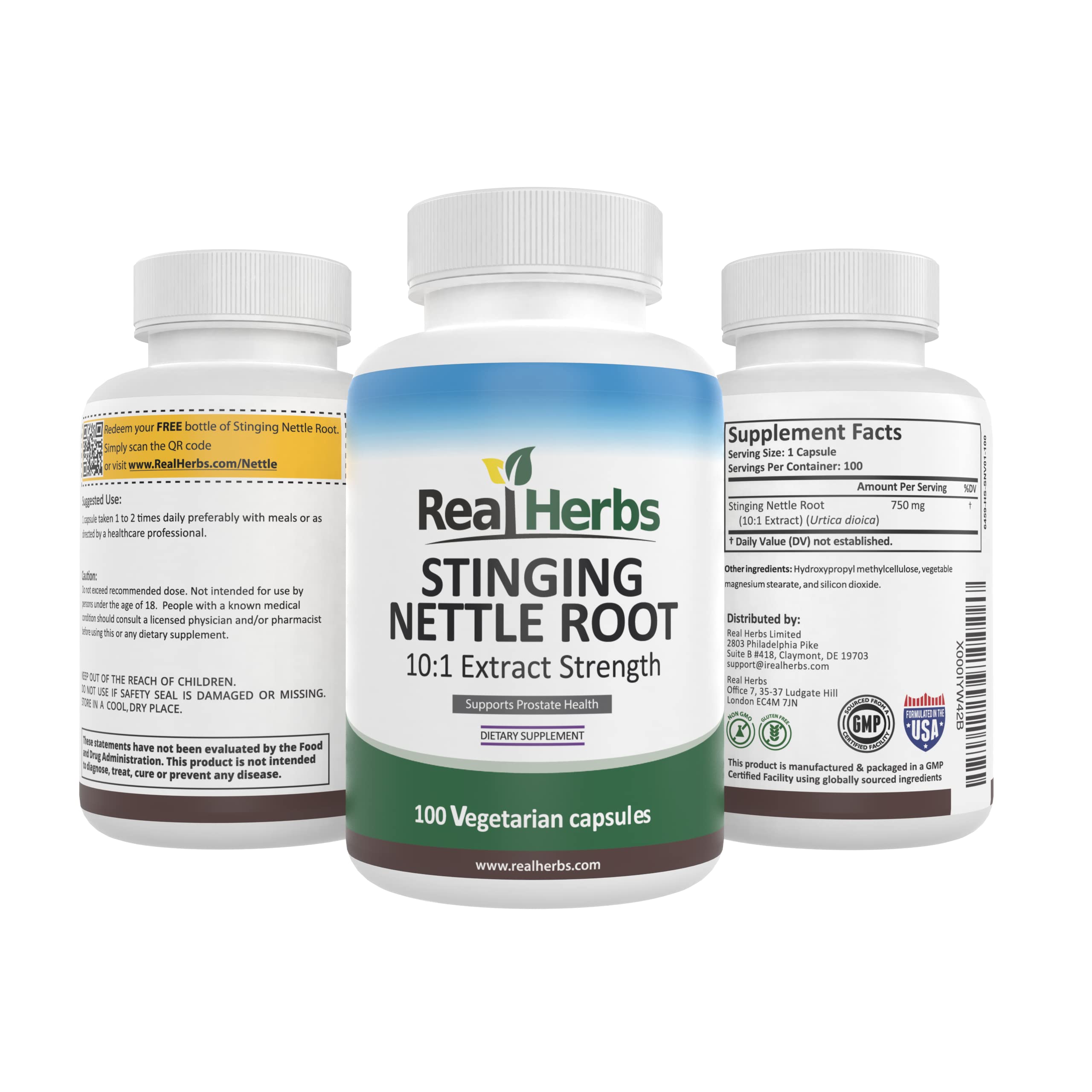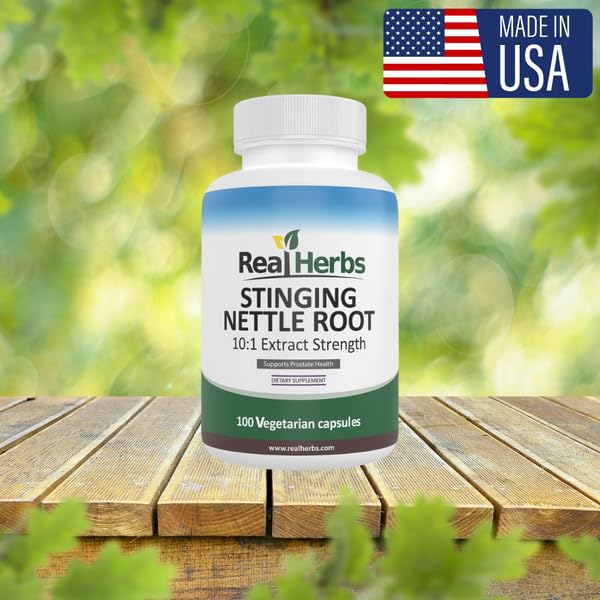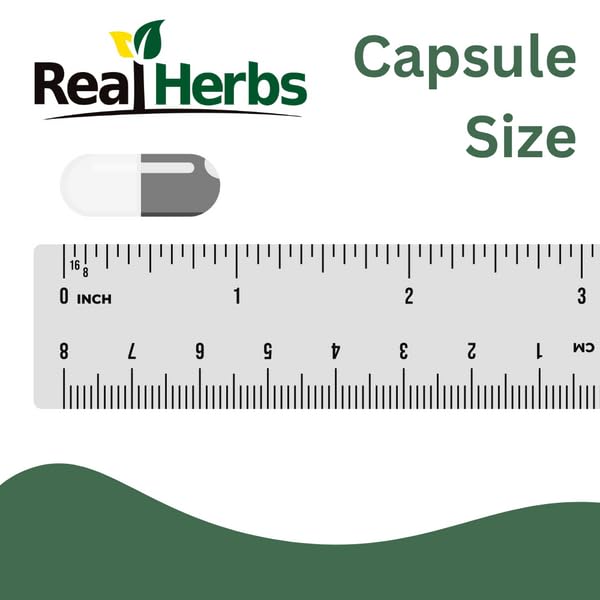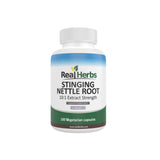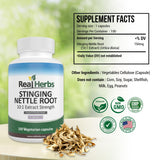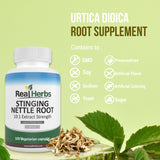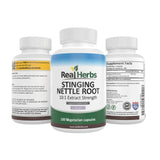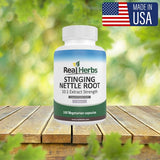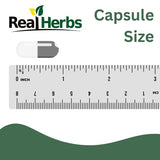Stinging Nettle Root vs. Saw Palmetto: The Ultimate Prostate Showdown
Stinging Nettle Root vs. Saw Palmetto: The Ultimate Prostate Showdown
An essential guide by Jessica Johnson, Herbal Science Researcher at Real Herbs.
Navigating Natural Options for Prostate Health
For men seeking natural solutions to support prostate health, two herbal remedies consistently rise to the top of the conversation: **stinging nettle root** and **saw palmetto**. Both have been used for centuries to manage the symptoms of an enlarged prostate, known as Benign Prostatic Hyperplasia (BPH). While often mentioned together, they possess distinct mechanisms of action and a unique body of scientific evidence. This article provides a definitive, head-to-head comparison of stinging nettle root and saw palmetto, examining how each herb works, what the research says, and how they can be used to help you make an informed choice for your wellness.

Stinging Nettle Root: A Multi-Action Approach to BPH
Stinging nettle root (*Urtica dioica*) is known for its ability to address BPH symptoms through several complementary pathways. Its primary strength lies in its ability to influence prostate cell growth and reduce inflammation [1, 5]. Key mechanisms include:
- Inhibiting Prostate Cell Proliferation: Research has shown that nettle root extracts can inhibit the growth of human prostate cells in vitro [4] and experimentally induced prostatic hyperplasia in animal models [5].
- Modulating Sex Hormone-Binding Globulin (SHBG): Compounds in nettle root, particularly lignans, can bind to SHBG, potentially freeing up more bioavailable testosterone. While this doesn't directly shrink the prostate, it's a key part of the herb's influence on hormonal balance [2].
- Anti-Inflammatory Action: Inflammation is a key contributor to BPH symptoms. Nettle root's potent anti-inflammatory properties can help reduce this inflammation, leading to a reduction in pain and discomfort [1].
Clinical trials have shown that nettle root extracts, both alone and in combination, are effective in improving urinary flow and reducing frequent urination associated with BPH [11, 12]. These effects have been observed in long-term studies, making it a viable option for ongoing management [11].
Saw Palmetto: A Focused Mechanism on DHT
Saw palmetto (*Serenoa repens*) is perhaps the most well-known herbal remedy for BPH. Its primary mechanism of action is focused on the hormonal pathway involving dihydrotestosterone (DHT). Saw palmetto works by inhibiting the enzyme 5-alpha-reductase (5αR), which is responsible for converting testosterone into the more potent DHT. High levels of DHT are a major driver of prostate enlargement [6, 7].
Clinical trials have produced mixed, but generally positive, results for saw palmetto's effect on BPH symptoms, with some systematic reviews supporting its use [6]. However, other studies have found its efficacy to be comparable to placebo, highlighting the importance of a standardized, high-quality extract [7].
Head-to-Head Comparison: A Table Overview
Here is a direct comparison to help you understand the core differences and similarities between these two powerful herbs:
Synergy: The Power of Combination Therapy
Perhaps the most potent strategy for prostate health involves combining both stinging nettle root and saw palmetto. Clinical research on this combination is robust, showing that these two herbs work synergistically by targeting different, yet complementary, pathways [8, 9]. While nettle root addresses cell proliferation and inflammation, saw palmetto focuses on DHT-related hormonal conversion. Together, they offer a more comprehensive and powerful approach to BPH management [13]. In-vitro studies have even validated this combination therapy [10], and long-term trials comparing the combination to prescription drugs like finasteride have shown comparable effectiveness [9].
This combined action provides a holistic strategy, addressing not just a single cause but the multiple factors contributing to prostate enlargement and bothersome urinary symptoms [11, 12].
Conclusion: Making the Right Choice for Your Health
The **ultimate prostate showdown** between stinging nettle root and saw palmetto reveals that both are valuable allies in the fight against BPH. Nettle root's strength lies in its multi-faceted approach, targeting inflammation and prostate cell growth directly, while saw palmetto offers a more focused attack on the DHT pathway. For many men, the most effective strategy may not be to choose one over the other, but to use them together in a synergistic combination. This approach leverages the strengths of both herbs to provide comprehensive support for prostate health and urinary function.
As with any supplement, a proper medical diagnosis is essential. Always consult with a healthcare professional to ensure that your chosen regimen is appropriate for your specific health needs and to rule out any more serious conditions.
Ready to experience the benefits of Stinging Nettle Root?
Real Herbs Stinging Nettle Root Extract is a premium, potent supplement designed to support healthy testosterone levels, prostate health, and overall male vitality. Crafted for purity and efficacy, it helps liberate your free testosterone, so you can enjoy enhanced energy, improved performance, and a renewed sense of well-being.
Who it helps: Men experiencing symptoms of low testosterone, seeking natural prostate support, or looking to optimize their overall male health naturally.
Why it’s safe/trusted: Manufactured under strict quality controls, Real Herbs prioritizes purity and potency, ensuring you receive a product you can trust.
All our products are backed by our 100-Day Money-Back Guarantee!
"I've been using Real Herbs Stinging Nettle for a few months now, and I've noticed a significant improvement in my energy levels and overall vitality. Highly recommend it!" - Mark T.
"As someone approaching 50, I was looking for natural ways to support my health. This product has genuinely made a difference in my energy and mood." - David S.
Disclaimer: The information provided in this article is for educational purposes only and is not intended as medical advice. Always consult with a qualified healthcare professional before making any decisions about your health or starting any new supplement regimen. These statements have not been evaluated by the Food and Drug Administration. This product is not intended to diagnose, treat, cure, or prevent any disease.
Scientific Credibility & Citations
- Chrubasik JE, Roufogalis BD, Wagner H, Chrubasik S. A comprehensive review on the stinging nettle effect and efficacy. *Phytomedicine*. 2007 Aug;14(7-8):568-79. PMID: 17509841 (Review)
- Hryb DJ, Khan MS, et al. The effect of extracts of the roots of the stinging nettle (Urtica dioica). *Planta Med*. (via PubMed). PMID: 7700987 (In Vitro Study)
- Hirano T, Homma M, Oka K. Effects of stinging nettle root extracts and their steroidal components on the Na+,K+-ATPase of benign prostatic hyperplasia. *Planta Med*. 1994 Feb;60(1):30-3. PMID: 7510891 (In Vitro Study)
- Konrad L, et al. Antiproliferative effect on human prostate cancer cells by a stinging nettle root (Urtica dioica) extract. *Planta Med*. 2000 Feb;66(1):44-7. PMID: 10705733 (In Vitro Study)
- Lichius JJ, Muth C, et al. The inhibiting effects of Urtica dioica root extracts on experimentally induced prostatic hyperplasia in the mouse. *Planta Med*. 1997 Aug;63(4):307-10. PMID: 9270373 (Animal Study)
- Wilt TJ, Ishani A, Stark G, et al. Saw palmetto extracts for treatment of benign prostatic hyperplasia: a systematic review. *JAMA*. 1998;280:1604-9. PMID: 9810261 (Systematic Review)
- Gerber GS, et al. Randomized, double-blind, placebo-controlled trial of saw palmetto in men with lower urinary tract symptoms. *Urology*. 2001 Dec;58(6):960-4. PMID: 11744467 (Human Clinical Trial)
- Koch E. Extracts from fruits of saw palmetto (Sabal serrulata) and roots of stinging nettle (Urtica dioica): viable alternatives in the medical treatment of benign prostatic hyperplasia and associated lower urinary tract symptoms. *Planta Med*. 2001;67:489-500. PMID: 11509966 (Review)
- Sökeland J, Albrecht J. Combined sabal and urtica extract compared with finasteride in men with benign prostatic hyperplasia. *Urology*. 1997 Jul;36(4):327-33. PMID: 10971268 (Human Clinical Trial)
- Pauls H, et al. In‑Vitro Validation of a Therapy for Benign Prostatic Hyperplasia (BPH) (*Serenoa repens* + *Urtica dioica* combination). *Molecules*. 2021 Jan 1;26(1):164. PMID: 33276425 (In Vitro Study)
- Schneider T, Rübben H. [Stinging nettle root extract (Bazoton-uno) in long term treatment of benign prostate symptoms]. *Urologe A*. 2004 Mar;43(3):302-6. PMID: 15045190 (Human Clinical Trial)
- Wilt TJ, et al. Phytotherapy for benign prostatic hyperplasia. *Public Health Nutr*. 2000 Dec;3(4A):459-72. PMID: 11276294 (Review)
- Safa K, et al. [Associating Serenoa repens, Urtica dioica and Pinus pinaster extracts in treatment]. *Arch Ital Urol Androl*. 2010 Sep;82(3):195-201. PMID: 20890858 (Human Clinical Trial)

